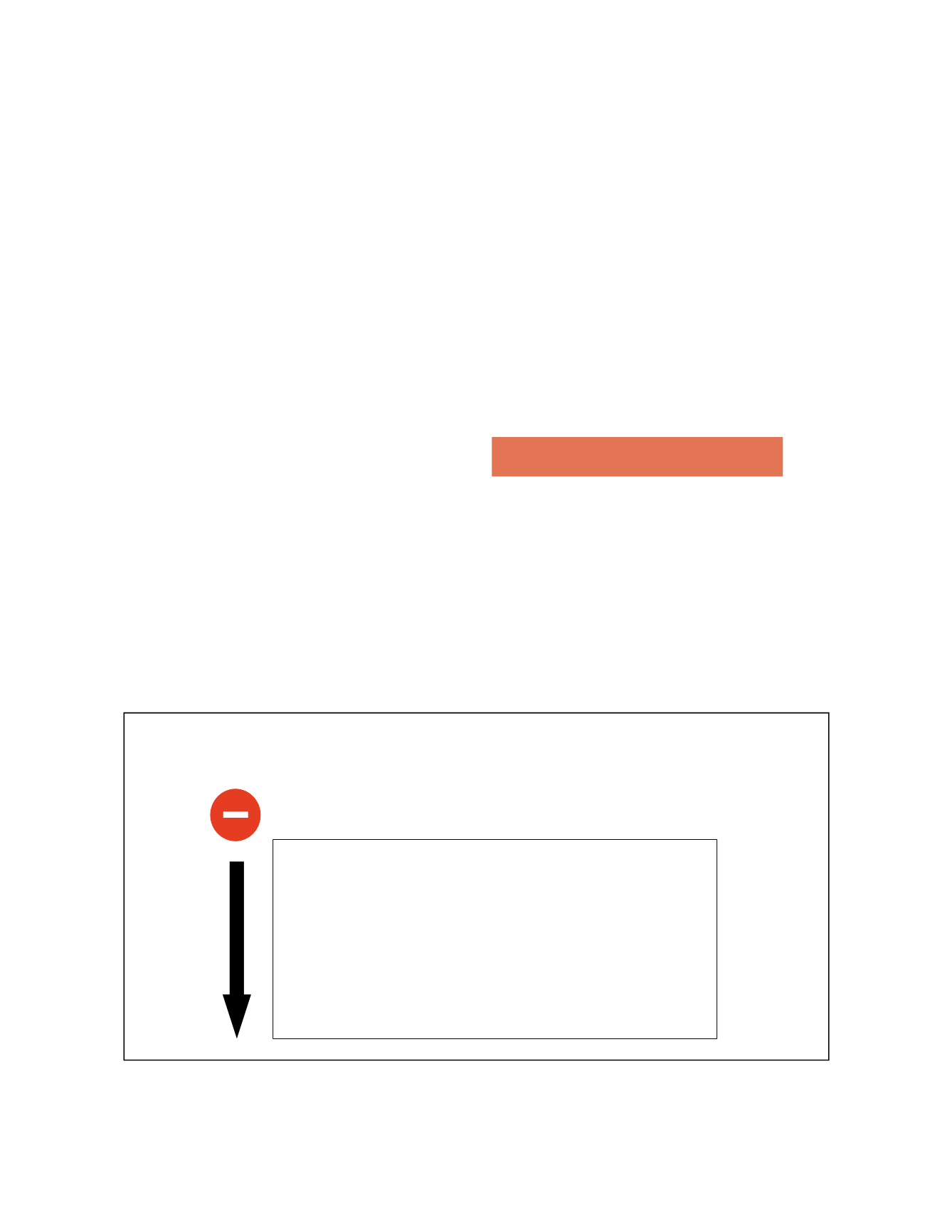
194
compatibility Complex Class II (MHC-II) molecules
involved in the inflammatory process
(12)
.
Therefore, we have scientific grounds supporting the
combined action of treatment with corticoids
(13,14)
(Fig.4).
3.3 Associated FGF-2 inhibition and PEDF action
It is also possible to inhibit other factors, such as FGF-2,
or induce PEDF locally, which has antiangiogenic effects
that counteract the angiogenic effect of VEGF
(15,16, 17)
.
3.4 Acting on the structural level by damaging newly
formed blood vessels – PDT
The actions already referred involve blocking or inhib-
iting neovascularization and inflammatory mediators.
However, it is also possible to act on a structural level, by
damaging newly formed blood vessels. This is achieved
through cellular damage and death mediated by free radi-
cals induced by the action of laser on a photosensitizing
agent – verteporfin
(18,19)
.
Standard fluence values of 50-J/cm² or lower fluence val-
ues of 25-J/cm² or 12-J/cm² are normally used in com-
bined treatment.
Photodynamic therapy causes vascular occlusion but
is associated to an inflammatory response that may be
minimized by using corticoids and an anti-VEGF agent.
Both agents may also inhibit the angiogenic stimulus rep-
resented by a VEGF rebound effect following occlusion
of new blood vessels
(20)
.
Capillary occlusion induced by PDT leads to hypoperfu-
sion of the treated area, a condition that is theoretically
worsened by concomitant use of anti-VEGF agents that
prevent recapillarization. This effect has not been shown
as negative; on the contrary, it appears that this recapil-
larization delay promotes neuronal recovery by decreasing
oxygen and free radical concentrations
(20)
.
3.5 Other sites of action – associated surgical therapy
We shall not elaborate on this treatment combination, as
it will be referred in a chapter dedicated to surgery.
4. Main studies
4.1 Gold standard treatment
The efficacy and safety of combined treatments are evalu-
ated in studies where drug combinations are compared
with the
gold standard treatment
, which, according to the
results of the
MARINA
(21)
and
ANCHOR
(22)
studies, con-
sists of twelve consecutive monthly intravitreal injections of
an antiangiogenic agent. Use of this treatment regime led
to outcomes of 90% in vision stabilization and approxi-
mately 30-40% of significant improvement after one year.
Corticoids
Angiogenesis and Macular Oedema
MMP
- matrix metalloproteinases
Extracellular matrix turnover
Adhesion molecules expression
MHC-II expression
- major histocompatibility complex II
(in ammatory cells)
ICAM- I
- Intracelullar adhesion molecule-I (leucocyte adhesion
and transmigration)
SDF-1
- Stromal-cell Derived Factor
DECREASE
Figure 4 - Corticoids inhibit angiogenesis and macular oedema throughout a lot of action pathways. See text.


